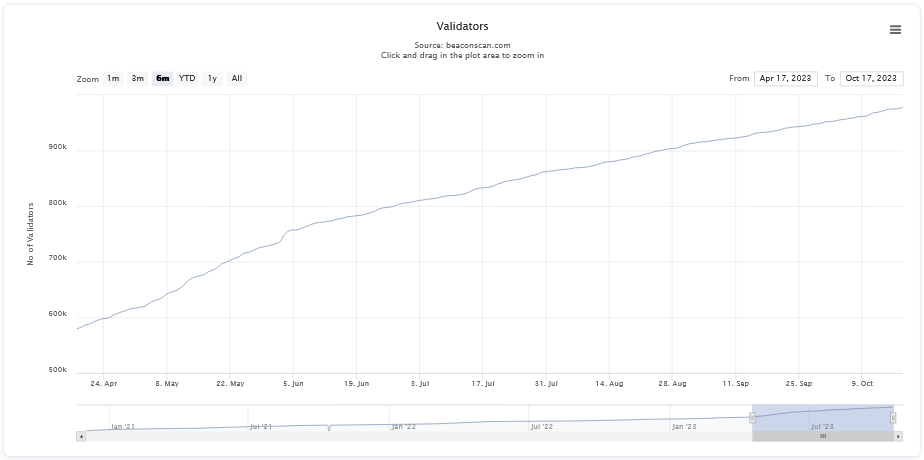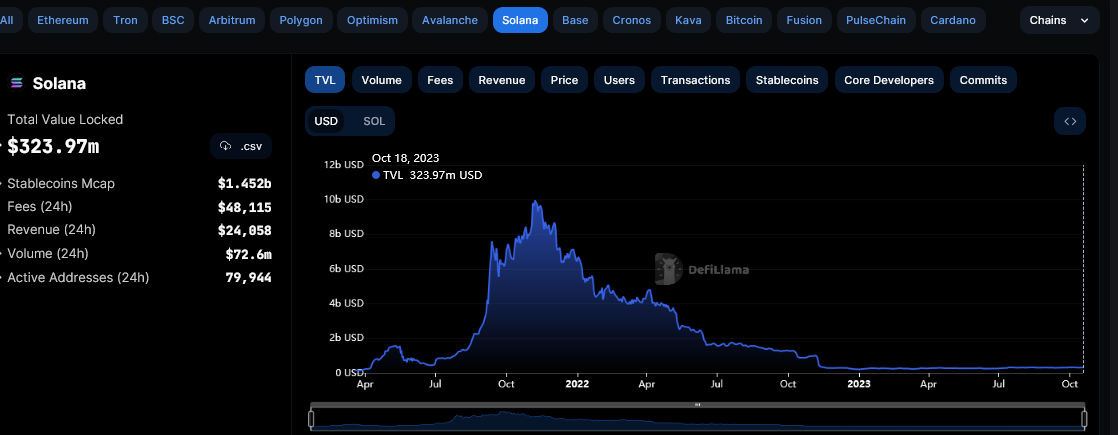One developer, “0xIchigo,” behind Helius, a software company developing infrastructure for users to build on Solana, thinks Solana is winning the energy efficiency race. However, competing platforms, especially Ethereum, are here to stay.
Ethereum Is Here To Stay, Solana Is Winning The Energy Efficiency Race
Ethereum and Solana aim to serve the same user base, but the former was the first to launch, with the latter being a generation-4 blockchain. It seeks to resolve challenges faced by the original smart contract platform. For this reason, Solana is more performant and has higher throughput, though there have been instances where its reliability has been questioned.
On energy efficiency, the developer noted that for every transaction confirmed on Bitcoin, the world’s most valuable network using the proof-of-work consensus algorithm, 5 billion Joules of energy is spent. A similar transaction on Ethereum will see 144k Joules of energy expended. Meanwhile, the same on Solana will see 658 Joules of energy consumed, less than what goes into a “Google search.”
The high energy spent on Bitcoin is primarily because of the ledger’s consensus algorithm, which requires miners to spend electricity as they run gear, competing to solve cryptographic problems. Successful miners add the valid block of transactions to the chain in exchange for a 6.25 BTC reward and transaction fees accumulated from the block.
The proof-of-work consensus algorithm is usually more energy-intensive and consumes more energy than alternative systems used by Solana and Ethereum. Ethereum shifted to a proof-of-stake system in September 2022.
It depends on validators who don’t have to run expensive gear but stake at least 32 ETH. As of October 18, there were more than 978,000 validators. Meanwhile, over 1,970 validators were securing and validating transactions on Solana.

Ethereum Is “Too Large To Ignore”
While energy efficiency is one of the key metrics being considered, especially by protocols launching on smart contract platforms, activity is critical. So far, Ethereum is one of the most active smart contract platforms, looking at, for instance, the total value locked (TVL) by decentralized finance (DeFi) protocols. Ethereum manages over $20 billion of DeFi assets, while Solana trails at around $324 million.

This could be why 0xIchigo, though pointing out the advantage of Solana, is adamant that Ethereum and its virtual machine (EVM) are “too large to ignore.” Still, in the developer’s assessment, this advantage makes the EVM rigid and hard to scale over time. Transaction fees, which fluctuate, greatly impact the virtual machine, making it a less desirable option for payment companies.
Related Reading: Bitcoin On The Brink: 50% Drop Possible Ahead Of Halving, Analyst Warns
Feature image from Canva, chart from TradingView
Credit: Source link